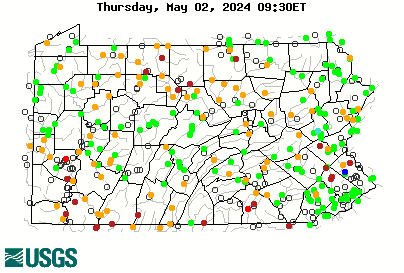Hey there, I'm old/new to the game. I flyfished the Tully many years ago, like 10-15 yrs ago, as well as the salmon river up in pulaski ny.
Used to try tying my own flys but kids life and work out an end to all that.
My neighbor and I got to talking and the bug is back.
So here I am going to try, notice I said try, tying and wetting a line again.
Going to stop in at TCO for some materials to start tying again, but what flys do you wonderful people recommend I start tying again for use in the Tully and maybe penns creek?
Want to start back in to tying on easy flys but useful ones.
Yes I'm going to talk to TCO for advice but a few dozen more opinions never hurt.
Tanks!!!
Used to try tying my own flys but kids life and work out an end to all that.
My neighbor and I got to talking and the bug is back.
So here I am going to try, notice I said try, tying and wetting a line again.
Going to stop in at TCO for some materials to start tying again, but what flys do you wonderful people recommend I start tying again for use in the Tully and maybe penns creek?
Want to start back in to tying on easy flys but useful ones.
Yes I'm going to talk to TCO for advice but a few dozen more opinions never hurt.
Tanks!!!




